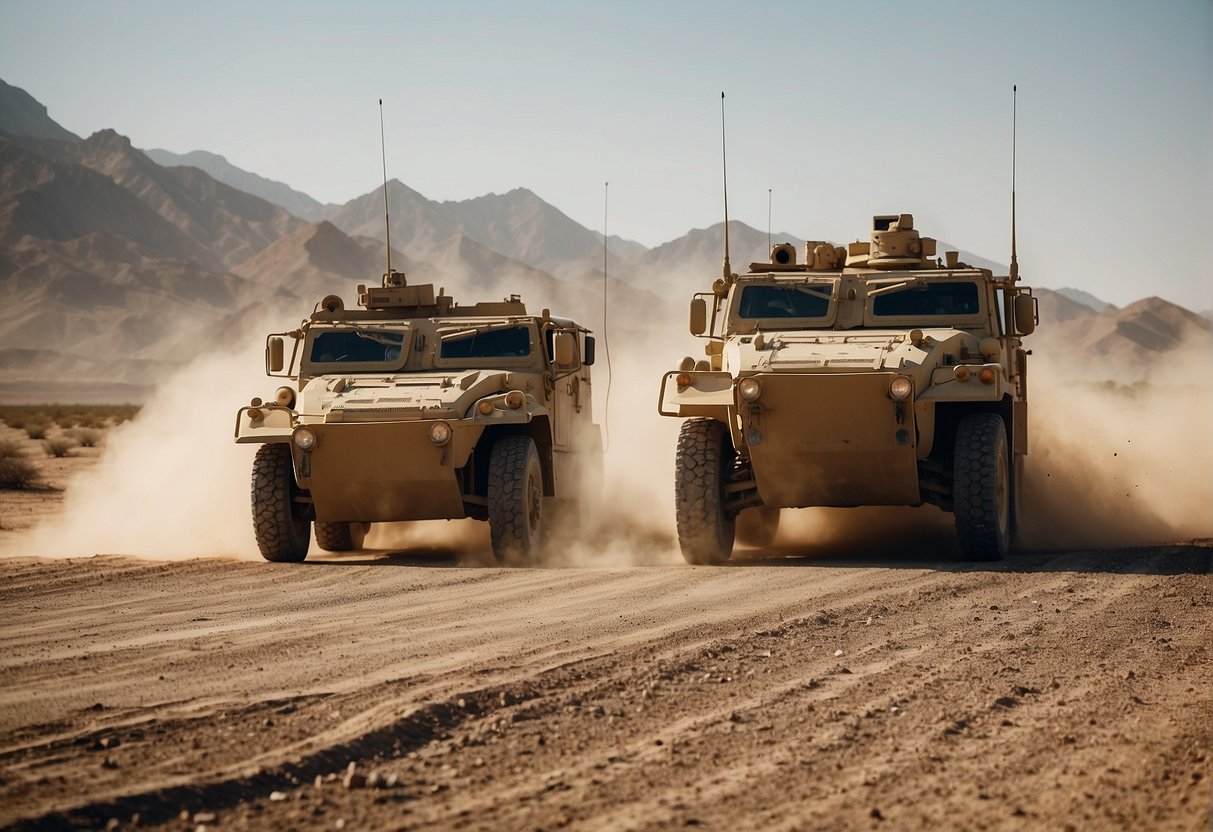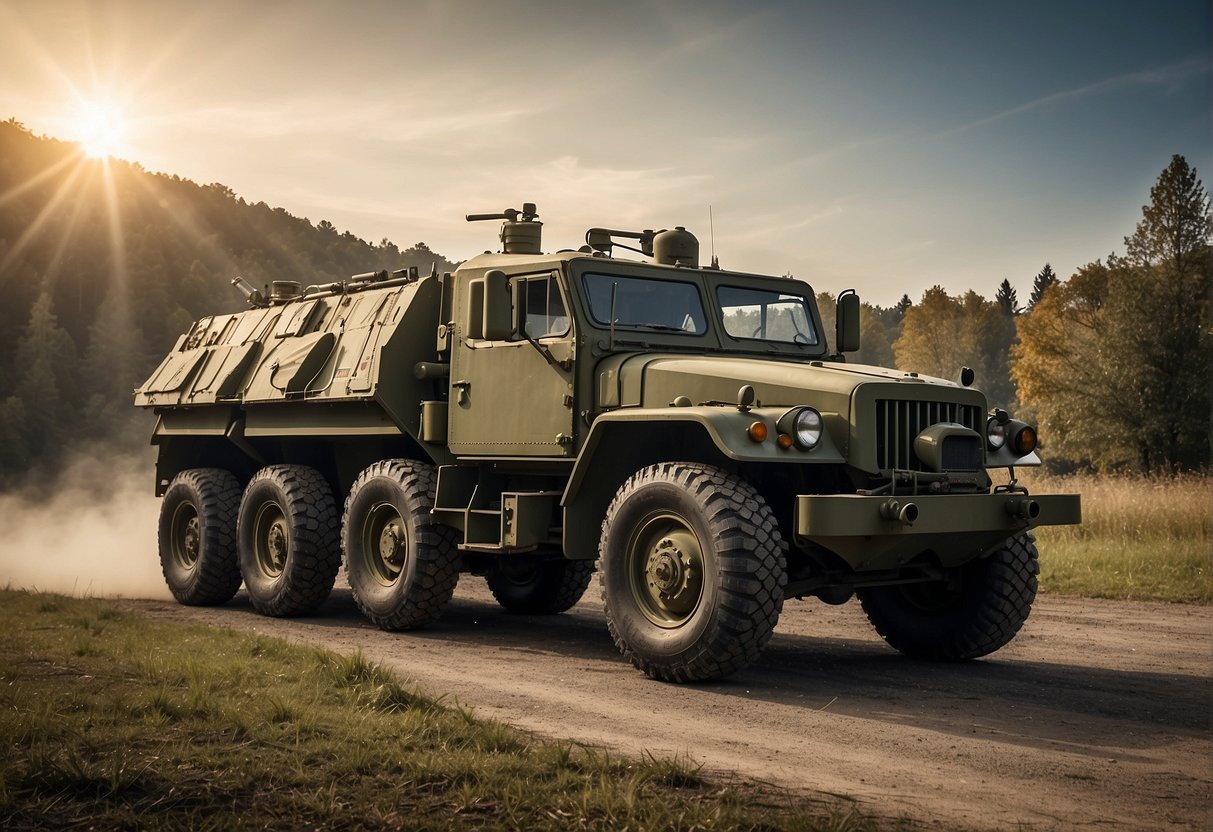High-Speed Steel (HSS) is a type of steel that is designed to cut through metal faster and more efficiently than conventional steel. It is used extensively in machining and metalworking industries where precision and speed are essential. Two of the most popular types of HSS are M35 and M42. While they share many similarities, there are some key differences between them that make them better suited for certain applications.

M35 is a type of cobalt drill bit with a mixture of 8% of cobalt and HSS. On the other hand, M42 cobalt drill bits have a hardness of 68-70 HRC and a higher melting point of 2853 o F. Due to the 8% of cobalt, M42 is harder and more stable. Hence it can withstand higher temperatures and thrust successfully. M42 drill bits are used in a wider range than M35 drill bits. In this article, I will provide an overview of the differences between M35 and M42, their practical applications, maintenance, cost efficiency, and selection and usage tips.
Key Takeaways
- M35 and M42 are two popular types of High-Speed Steel (HSS) used in metalworking industries.
- M42 is harder and more stable than M35 due to its higher cobalt content.
- The choice between M35 and M42 depends on the specific application and the material being drilled.
Overview of High-Speed Steel (HSS)

As a metal alloy, high-speed steel (HSS) is known for its exceptional toughness, hardness, and resistance to wear and tear. It’s a type of tool steel that is commonly used in cutting tools such as drills, taps, and milling cutters.
Properties of HSS
HSS is a type of alloy steel that is specifically designed to handle high-speed machining operations. One of the key properties of HSS is its ability to maintain its hardness and toughness at high temperatures, which makes it ideal for use in cutting tools that generate a lot of heat. This property is due to the high levels of tungsten, molybdenum, and vanadium that are typically present in HSS alloys.
Another important property of HSS is its wear resistance. This is due to the presence of carbides in the alloy, which provide a hard surface that resists wear and tear. HSS also has good machinability, which means it can be easily shaped and formed into the desired tool shape.
M-Series Steel Grades
There are several different grades of HSS, each with its own unique properties and characteristics. The most common grades of HSS are the M-series steels, which include M2, M35, M42, and M50.
M2 is a high-speed steel that is commonly used in cutting tools such as drills, taps, and end mills. It has excellent wear resistance and toughness, and is capable of cutting at high speeds. M35 is similar to M2, but with the addition of 5% cobalt, which improves its hardness and wear resistance. M42 is another cobalt-bearing grade of HSS, with 8% cobalt, that is known for its exceptional hot hardness and wear resistance. M50 is a high-speed steel that is used primarily in aerospace applications due to its high temperature and corrosion resistance.
In summary, HSS is a type of alloy steel that is designed to handle high-speed machining operations. It has excellent toughness, hardness, and wear resistance, and is commonly used in cutting tools such as drills, taps, and milling cutters. The M-series steels, including M2, M35, M42, and M50, are the most common grades of HSS.
Comparative Analysis of M35 and M42

As a drill bit user, I have often wondered about the differences between M35 and M42 cobalt drill bits. After conducting some research, I have found that these two types of drill bits have some similarities as well as differences. In this section, I will provide a comparative analysis of M35 and M42 cobalt drill bits.
Cobalt Percentage and Alloying Elements
M35 and M42 cobalt drill bits are both made of high-speed steel (HSS) and contain cobalt as an alloying element. However, the percentage of cobalt differs between the two. M35 drill bits contain 5% cobalt, while M42 drill bits contain 8% cobalt. This difference in cobalt percentage affects the hardness, durability, and heat resistance of the drill bits.
In addition to cobalt, both M35 and M42 drill bits contain other alloying elements such as molybdenum, chromium, vanadium, and tungsten. These elements enhance the toughness, wear resistance, and strength of the drill bits.
Hardness and Durability
M42 cobalt drill bits are known for their exceptional hardness and durability. They have a hardness of 68-70 HRC, which is higher than that of M35 drill bits. This makes M42 drill bits more suitable for drilling through hard and tough materials such as stainless steel, cast iron, and titanium.
On the other hand, M35 drill bits are more suitable for general-purpose drilling. They are less hard and less brittle than M42 drill bits, which makes them more tolerant of flexing and less prone to snapping.
Heat Resistance and Performance
Both M35 and M42 drill bits have good heat resistance, but M42 drill bits are better in this regard. They have a higher melting point of 2853 o F, which enables them to withstand higher temperatures and thrust successfully. This makes M42 drill bits more suitable for high-speed drilling and drilling through hard materials.
In terms of performance, M42 drill bits are more efficient and faster than M35 drill bits due to their higher hardness and heat resistance. However, M35 drill bits are more versatile and can be used for a wider range of drilling applications.
In conclusion, both M35 and M42 cobalt drill bits have their own unique advantages and disadvantages. The choice between the two depends on the specific drilling application and the material being drilled.
Practical Applications

Drilling Different Materials
When it comes to drilling different materials, both M35 and M42 cobalt drill bits can be used. However, M42 cobalt drill bits are better suited for drilling harder materials such as cast iron, hardened steel, and stainless steel. M42 cobalt drill bits are known for their exceptional durability and can withstand higher temperatures and thrust successfully. On the other hand, M35 cobalt drill bits are ideal for general-purpose drilling tasks and can be used for drilling softer materials such as aluminum.
Industrial and Factory Use
In industrial and factory settings, the demand for high-quality and durable drill bits is critical. M42 cobalt drill bits are often the preferred choice for factory usage due to their exceptional durability and ability to withstand high-temperature applications. These drill bits are often used in metal drilling applications and are ideal for demanding applications that require high cutting speeds. M35 cobalt drill bits, on the other hand, are often used for general-purpose drilling tasks and are an excellent choice for those who are looking for a reliable and affordable drill bit option.
In summary, both M35 and M42 cobalt drill bits have their specific characteristics and strengths. When choosing between the two, it is essential to consider the specific application and the type of material that needs to be drilled. For drilling harder materials and demanding applications, M42 cobalt drill bits are the ideal choice. For general-purpose drilling tasks and softer materials, M35 cobalt drill bits are an excellent option.
Maintenance and Cost Efficiency

Sharpening and Lifespan
When it comes to maintaining drill bits, M35 and M42 cobalt drill bits are relatively easy to sharpen. However, M42 drill bits tend to last longer due to their higher cobalt content. This higher cobalt content also gives M42 bits an edge in terms of durability and heat resistance, making them less prone to wear and tear over time.
In terms of sharpening, both M35 and M42 drill bits can be sharpened multiple times before needing to be replaced. However, M42 drill bits may require less frequent sharpening due to their higher cobalt content and increased strength.
Cost-Benefit Analysis
When it comes to cost-effectiveness, M35 drill bits are generally less expensive than M42 drill bits. However, M42 drill bits may be a better long-term investment due to their increased durability and longer lifespan.
It’s important to consider the specific needs of your project when deciding between M35 and M42 drill bits. If you’re working on a one-time project or don’t need to use drill bits frequently, M35 bits may be a more cost-effective option. However, if you’re a professional who uses drill bits frequently or needs to drill through tough materials, investing in M42 bits may be the more cost-effective choice in the long run.
Overall, both M35 and M42 cobalt drill bits are reliable options for drilling through tough materials. The decision between the two ultimately comes down to the specific needs of your project and your budget.
Selection and Usage Tips
Choosing the Right Drill Bit
When it comes to choosing between M35 and M42 drill bits, there are a few things to consider. The M42 drill bit is generally considered to be the stronger of the two and has better thermal resistance. However, the M35 drill bit is still a great choice for many applications and is often more affordable than the M42.
It’s important to choose the right coating for your drill bit as well. Titanium nitride (TiN) coatings can help to extend the life of your drill bit and improve its performance. TiAlN coatings are even more durable and can help to reduce friction and heat buildup.
Optimizing Drilling Conditions
To get the best performance out of your drill bit, it’s important to optimize your drilling conditions. This includes factors such as the cutting speed, pressure, and lubrication.
Cutting speeds can vary depending on the material you are drilling into. For example, when drilling into tin, a cutting speed of around 150-300 RPM is recommended. When drilling into titanium, a cutting speed of around 50-100 RPM is recommended.
Pressure is also an important factor to consider. Too much pressure can cause your drill bit to break or wear out more quickly, while too little pressure can cause your bit to slip or wander. It’s important to find the right balance for your application.
Using a drilling lubricant can also help to improve the performance of your drill bit. A good lubricant can help to reduce friction, heat buildup, and wear on your bit. Be sure to choose a lubricant that is appropriate for the material you are drilling into.
Finally, consider using a drill bit with a pilot point. This can help to prevent your bit from wandering or slipping as you begin drilling.
By considering these factors and choosing the right drill bit for your application, you can optimize your drilling conditions and get the best possible results.
Frequently Asked Questions
What are the advantages of M42 cobalt drill bits over M35?
M42 cobalt drill bits are harder and more stable than M35 cobalt drill bits due to the 8% cobalt mixing and can withstand higher temperatures and thrust successfully. They are ideal for drilling harder metals, while M35 cobalt drill bits are suitable for drilling most metals. Additionally, M42 cobalt drill bits have a higher status of sharpening and more extended tool life than M35 cobalt drill bits.
How do M35 and M42 drill bits perform differently when drilling through metal?
M42 drill bits are more efficient when drilling through harder metals as they have a higher melting point of 2853 o F, making them more resistant to heat. M35 drill bits, on the other hand, are better suited for softer metals, such as aluminum, brass, and copper.
What materials are best suited for M35 cobalt drill bits?
M35 cobalt drill bits are best suited for drilling most metals, including stainless steel, carbon steel, and cast iron. They are also suitable for drilling softer materials such as wood, plastic, and composites.
In terms of durability, how do M35 drill bits compare to M42?
M42 cobalt drill bits are more durable than M35 cobalt drill bits due to their higher cobalt content. M42 drill bits can withstand higher temperatures and have a longer tool life than M35 drill bits.
What is the primary difference between M2 and M35 drill bits?
M2 drill bits are made of high-speed steel and have a lower cobalt content than M35 drill bits. M35 drill bits have a higher cobalt content, making them more durable and heat resistant than M2 drill bits. M35 drill bits are also better suited for drilling harder metals.
Are M42 drill bits the strongest option for drilling through thick steel?
M42 drill bits are a strong option for drilling through thick steel, but they are not the only option. Other drill bit materials, such as carbide, can also be used for drilling through thick steel. The choice of drill bit material depends on the specific application and the thickness of the steel being drilled.

Hi, I’m Sal Muller of Tooltrip.com. My DIY experience led me to understand essential power tools for home projects. Tooltrip.com guides enthusiasts and professionals in choosing right tools for any job. I provide concise top tool reviews for easier, efficient DIY.

